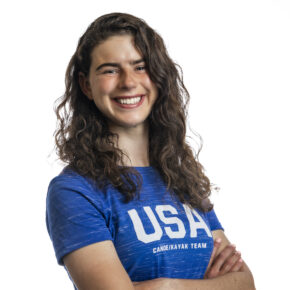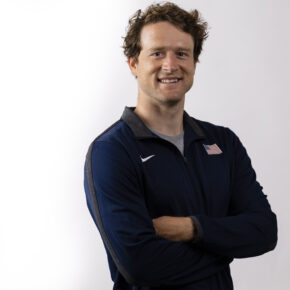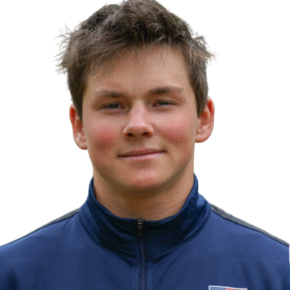The Olympic Canoe Slalom (CSL) discipline is a timed event where athletes navigate a minimum of 150m and a maximum of 400m long whitewater course through rapids and a combination of 18 to 25 downstream (green) and upstream (red) gates, of which six or eight must be upstream gates. The athlete receives a 2-second penalty for a touched gate and a 50-second penalty for a missed gate or incorrect gate navigation.
Canoe slalom is contested by two types of boats, a canoe (C) and a kayak (K). An athlete knees in a canoe and propels the boat with the single-blade paddle. An athlete uses the double-bladed paddle in a seated position in a kayak. At an international level, male (M) and female (W) athletes currently compete in four individual events: Single Kayak (MK1 & WK1) and Single Canoe (MC1 & WC1).
The canoe slalom originated in Switzerland in 1933 as a summer alternative to slalom skiing. It debuted as an Olympics sport during the 1972 Olympic Games in Munich, Germany, and it has appeared continuously in the Olympic program since the 1992 Games in Barcelona, Spain. Earlier, Canoe Slalom was also known as the “Whitewater Slalom.”
In previous Olympics, the USA Canoe Slalom team has earned 1 Gold Medal (MC2), 2 Silver Medals (WK1), and 2 Bronze Medals (MC1 & WK1).
Tokyo Olympics Results: Michal Smolen (MK1 – 5th), Zachary Lokken (MC1 – 7th), and Evy Leibfarth (WK1 – 12th, WC1 – 18th).
Regional Teams Initiative
The Slalom Development Sub-Committee is excited to bring back an initiative designed to grow participation in youth slalom and support our local race organizers. The Regional Teams Initiative will award a cash prize to the top athletes ages 16 years and younger in each geographic region. This prize will fund the attendance of a training camp at RIVERSPORT in Oklahoma City, Oklahoma during the Olympics!










